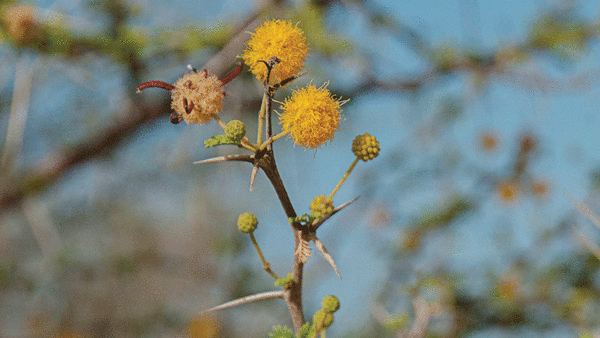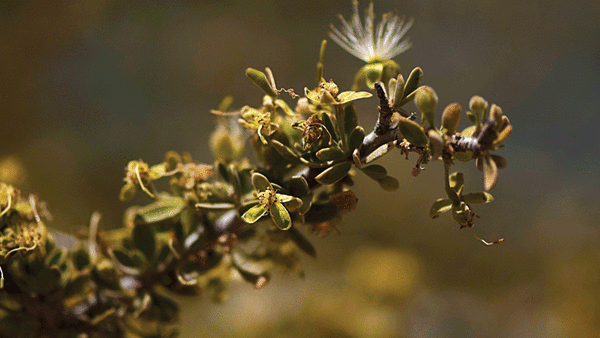

As the Sultanate of Oman enters acacia flowering season, locals gear up for the active beehive formation that occurs during this time. Acacia trees are known for resilience to harsh desert environments, utilising dewdrops and occasional rainfall to sustain for many years without water.
During the flowering season, which occurs after heavy rainfall, these trees come to life, with the Al Silm (Acacia Ehrenbergiana), Al Sarh (Maerua Crassifolia), Al Samr (Acacia Tortilis), and Al Sidr (Zuiphus Spina Christi) being some of the most prevalent species in the region.
Beekeepers across the Sultanate of Oman flock to these areas to harvest the local honey. The Abu Tuwaiq honey is among the most popular varieties in mountainous and plain highlands. Other local varieties include the Al Baram honey harvested from Al Samr trees in October and the Jbab honey harvested from Al Sidr trees. Omani honey is renowned for its delicious taste and high nutritional value, making it a staple food in many households. It is also used as a natural remedy to improve and strengthen weak body structures.
The high demand for this local product has resulted in increased prices, with one bottle of honey (1.5 litres) of the Abu Tuwaiq variety costing up to RO 150. Given its social and economic importance, the Ministry of Agriculture, Fisheries and Water Resources organises an annual promotional event comprising Omani honey varieties from various mountainous and desert environments.
The ministry sets strict conditions and controls for participation in the marketing exhibition to ensure the honey’s quality and safety.
Official statistics for 2022 indicate the engagement of 6,231 Omani beekeepers, with approximately 137,600 beehives producing around 712,551 kilogrammes of honey.

The ministry is implementing several projects to improve bee breeding, propagation, and pest prevention to boost this industry further. The projects also provide job opportunities for people with limited income and retirees by establishing incubators for breeding fertilised queen bees in various states.
Acacia trees are protected under environmental legislation issued by the Environment Authority. It is making great efforts to preserve pastoral areas in various governorates of the country. These trees serve as a major food source for many animals and are home to several species of wild birds and butterflies, making them an essential pillar in revitalising the trade of selling honey around the Sultanate of Oman.
Environmentalists assert that these trees will continue to represent the Omani environment and be an incubator for various species of wildlife.
As the Sultanate of Oman continues to invest in the honey industry, it is clear that Omani honey will remain a sought-after product with its unique flavours and health benefits.
Oman Observer is now on the WhatsApp channel. Click here



